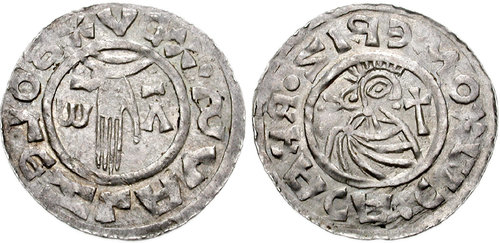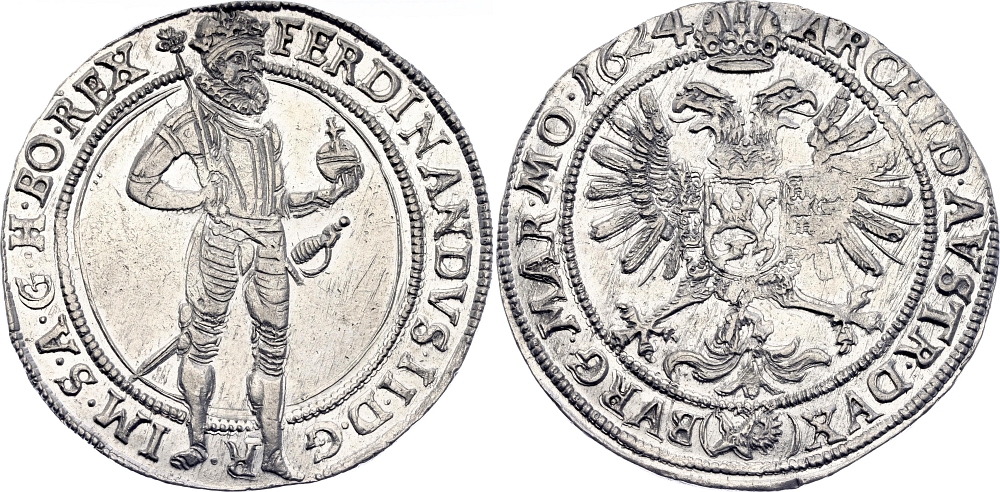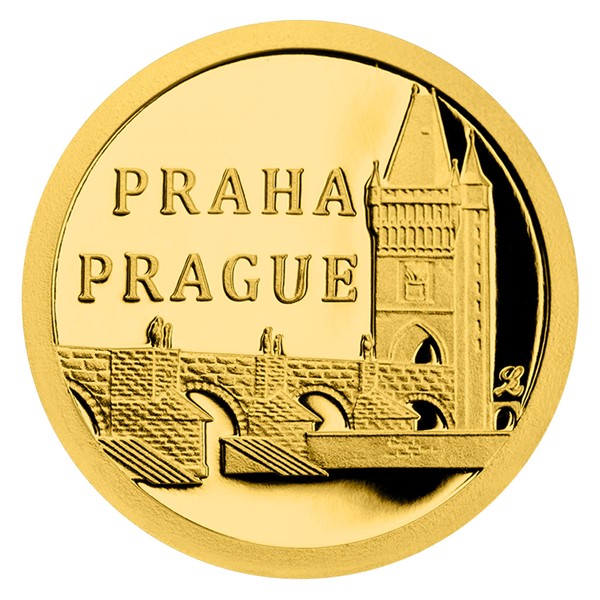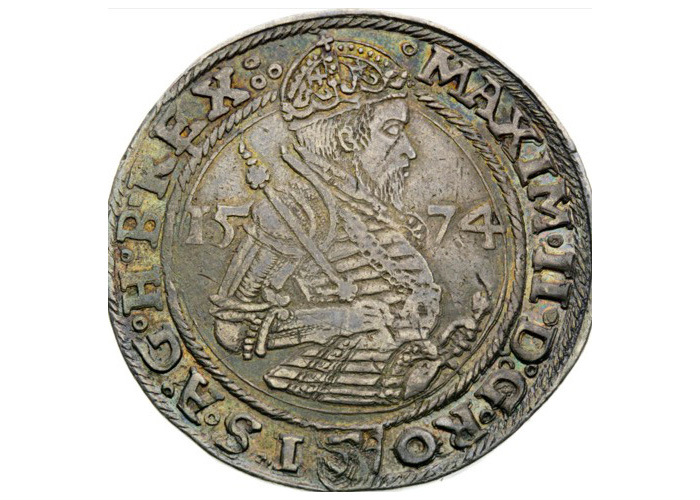Best Info For Vacuum Hardening Czechoslovakia Medals
Wiki Article
How Does A Plaster Mould Serve As The Initial Physical Representation For A Gold-Plated Coin, Medal Or Other Item?
This design can be a sketch drawn by hand or a digital representation made by using graphic design software. This can be a sketch drawn by hand or a digital image created with graphic design software. Choosing a medium- Plaster, because of its flexibility, is commonly employed to create maquettes. Other materials such as clay and wax may be used.
Plaster preparation - Plaster is combined with water to make an able consistency. The mixture must be uniform and free of lumps to create the best mold.
Making the Base- Design a base or platform where the maquette design will be created. This base is usually an unfinished wooden board or a flat and solid surface.
Sculpting Maquettes- The artist starts by sculpting in the gold design using it as a reference. It is the process of shaping the plaster in order to make a relief or three-dimensional version of the coin, or medal.
Detailing and Refinement - The artist creates details that refine the contours of the image and ensures the accuracy of proportions and design elements. This phase requires focus and precision.
Allowing time for drying and setting After the sculpting has been done, the sculpted plaster must be allowed to dry and set. The maquette will become hard and hold its shape.
Smoothing and Finishing- Following drying, the surface of the maquette is smoothed and refined further to remove any imperfections, bumps or rough areas.
Sealing and preservationSealing and preservation - A protective coating can be applied on the maquette's surface to preserve it and make it ready for subsequent processes such as scanning or molding.
The resulting plaster maquette serves as a tangible three-dimensional representation of the gold medal or coin design. The plaster maquette is used to create molds to make mass-production production possible, as well as being a material of reference for the other phases of the production process. See the recommended Czechoslovakia gold coins plaster molds site info. including order gold coins, bullion dealers near me, gold apmex price, gold medal of olympic, hidilyn diaz, 1936 olympics jesse owens, coin buy silver, 1 oz gold coin, gold sovereign coins, golden and silver and more.

Why Do The Dies Used To Strike Gold Medals Or Coins Undergo Procedures Of Vacuum Hardening?
To harden dies for gold coins or medals, they are subjected to controlled temperatures inside the vacuum oven. This article will provide an overview of the procedure of vacuum hardening of dies.
It is essential that dies used to create medals and coins are completely free of any residues and contaminants.
Loading into Vacuum Furnace
Die dies can be inserted into a vacuum oven, which creates a vacuum in the heat-treating area.
Evacuation of Aircraft
The vacuum chamber is constructed by taking air out of the chamber and creating an atmosphere that is free of oxygen. This guarantees uniform heating and stops the oxidation process from occurring.
Heating Phase
The furnace is heated to the desired temperature to allow for the hardening of the dies. The temperature range depends upon the specific material used and the method of hardening.
Soaking at high temperatures-
The dies must be held at the high temperature for a specific time to allow the material to attain and maintain its desired level of hardness.
Cooling or quenching
Utilizing specialized techniques that allow dies to be quickly cool down or melted after the soaking process. The rapid cooling process ensures the desired toughness and hardness of the metal.
Tempering is not required.
In some instances, the hardening process is then followed by a tempering process. Tempering is the process of heating dies to a cooler temperature to ease stress and maintain their toughness.
Quality Control and Inspection
Dies with hardened surfaces are subjected to thorough quality inspections and checks in order to meet the standards for strength, hardness and dimensional tolerances.
Post-Treatment Handling-
Once the vacuum hardening process is finished, the dies may undergo further processes like polishing or coating before they are used in the coin or striking process.
Vacuum hardening enhances the life, toughness and wear resistance of dies that are used to strike gold medals or coins. This procedure creates a controlled environment free of airborne contaminants to guarantee consistent and reliable hardening. This also enhances the overall quality of the final product. See the top vacuum hardening Prague Mint gold coins website recommendations including 50 pesos gold coin, american gold eagle, gold and silver coins, gold silver shops near me, double eagle coin, gold coin dealers near me, gold coins coin, cost of gold coins, bullion gold bars for sale, gold price apmex and more.

Why And How Are Certain Types Of Finishes, Textures Or Textured Surfaces Achieved Through Sandblasting?
This technique is employed for achieving specific textures or finishes that include matte patterns, textured, or even textured surfaces, on coins or medals. This is how and why it's usedProcess for Sandblasting
Surface preparation: The medal, coin or other item is placed in an enclosed chamber or cabinet equipped with an nozzle connected to compressor. The chamber is usually sealed to keep the abrasive that is used in the process contained.
Abrasive Material Select - Abrasive particles like glass beads, aluminum oxide silica carbide, sand and so on are propelled at high speed onto the surface.
High-Pressure System- The abrasive powders are propelled on the surface using compressed air, or by other high-pressure systems. The force and speed at which particles are thrown onto the surface determines the finish or texture.
Texture Creation - The impact of abrasive particles on the surface alters the topography, creating the appearance of textured or matte. This method is used to selectively roughen some areas or to create an even texture over the whole surface.
Sandblasting is controlled by the intensity duration, duration and angle of application. This permits different types of finishes and textures. Different abrasives can be used to achieve different results.
Sandblasting can be used for many reasons.
Texture Variation - Sandblasting creates an array of textures, including matte, frosted and grainy surfaces. These add visual interest as well as unique features to the medals or coins.
Aesthetics Enhancement – Sandblasting can alter the appearance of the surface, diffuse light reflection, and even reduce shine. This will enhance the coin or the medal's aesthetic appeal. Matte finishes be a good example, for instance, they can highlight particular design elements since they reduce reflections.
Anti-Glare - A matte or textured finish produced by sandblasting will reduce reflections or glare. This helps the medals and coins look more attractive, and makes them easier to read without any unwanted light interference.
Contrasting Design ElementsSandblasting creates contrast between textured and polished areas of the medal or coin to highlight specific design elements or creating depth and dimension.
Customization and Creativity- Sandblasting allows for customization, allowing to express your creativity and artistic flair, as well as the creation of coins or medals with distinctive texture or finish that is customized to meet specific design specifications.
Sandblasting can be used to produce different surface textures or finish on gold coins or medals. This process enhances the aesthetics and visual appeal of these objects. Follow the top sandblasting Czechoslovakia gold medals more examples. including gold bullion bars, price of 5 dollar gold coin, bullion gold bars for sale, buy gold pieces, 50 dollar gold piece, 10 dollar gold coin, sd bullion gold, cheerios sacagawea dollar, cost of a gold bullion bar, price for one ounce of gold and more.

What Quality Checks Are Conducted On Gold Coins And Medals To Make Sure That They Conform To The Standards??
Gold coins and medals are inspected for quality control checks after minting to ensure that they adhere to specifications, are precise and have a nice surface. These checks are made up of various stages.
Inspectors are trained to visually inspect each coin and medal for imperfections on the surface, blemishes or flaws. They search for discolorations, scratches or marks that could affect a coin's value or appearance.
Dimensions and weight
Each coin and medal is weighed to make sure it conforms to the specified dimensions, weight, thickness and diameter. Any deviations could indicate a quality issue.
Composition, Metal Purity, and composition
The quality checks are performed by using different testing methods, such as X-ray fluorescence analysis (XRF), or chemical analysis. They must meet the gold quality and content requirements.
Edge Inspection
The inspectors inspect the edges for any irregularities, uniformity and reeding. The edge of the coin or medal is an important place to include security characteristics as well as design features.
Strike-Quality
To assure consistency To ensure uniformity, the quality of the strike is assessed to determine the clarity, sharpness and the relief of design and overall look.
Proofing and Minting errors-
The value of special editions and proofs is determined by a thorough inspection to find any defects or flaws that could affect the coin.
Packaging and Packaging and
Quality tests extend to packaging and presentation to ensure that the coins or medals are securely sealed, stored, or placed in holders or cases without any damage or contamination.
Random Checks and Sampling
To ensure quality consistency To ensure consistency in quality, random sampling or checks on batches are carried out.
Documentation for Compliance
All quality checks are recorded to ensure that the coin is in compliance with regulations, minting standards, and certification standards. These records are proof of the authenticity and quality of the product.
Rejection of Pieces that aren't Conforming
The medals and coins that do not meet the specific quality standards are disqualified or sent to reprocessing in order to ensure the integrity and overall quality of the products that are minted.
These thorough quality checks are performed by mints and certification agencies to ensure that gold coins or medals meet required standards of purity, accuracy and appearance. This provides assurance to buyers, investors and collectors of their authenticity and quality. Take a look at the most popular Prague Mint gold coin quality control site advice. including gold and bullion, golden and silver, gold dollar coin 2000, gold buffalo coin, buy coin gold, gold bullion coins, price of 1 oz of gold, 1 10 oz gold eagle, gold coin 24k price, purchase gold coins and more.
